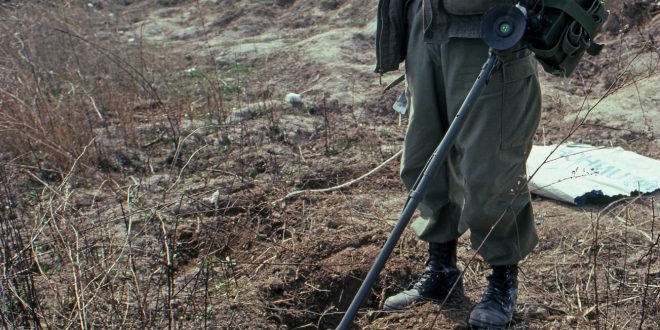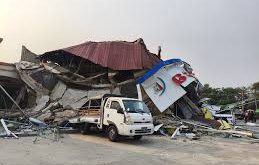KABUL – Afghanistan remains one of the world’s most mine-affected nations, the United Nations Assistance Mission in Afghanistan (UNAMA) warned on Sunday, highlighting the devastating toll decades of conflict have taken on civilians, especially children.
“Every day, explosive remnants of war and landmines threaten lives — especially children, the majority of victims,” UNAMA stated on the platform X, alongside a video detailing the impact of unexploded ordnance. The organization called for urgent action to address the growing danger.
According to the HALO Trust, a demining charity, Afghanistan’s improvised explosive device (IED) contamination now spans over 65 square kilometers, a significant increase from 53 square kilometers recorded at the end of 2022. This contamination impacts 26 of Afghanistan’s 34 provinces, posing ongoing risks to civilian populations.
Globally, Afghanistan is among four nations categorized as having “massive contamination,” alongside countries like Iraq, where IED contamination exceeds 434 square kilometers.
Efforts to clear Afghanistan’s minefields have seen some cooperation from the Taliban, the HALO Trust noted. The group has reportedly assisted in demining operations, including addressing mines laid during its two decades of insurgency.
Callum Peebles, a program manager for the HALO Trust, told The Standard that in addition to demining, the organization has been aiding communities affected by natural disasters such as floods and landslides.
Despite these initiatives, the scale of the contamination remains immense, with children disproportionately affected by the risks. UNAMA’s warning underscores the urgent need for international support and continued demining efforts to protect Afghanistan’s most vulnerable.
 Afghanistan Times
Afghanistan Times




